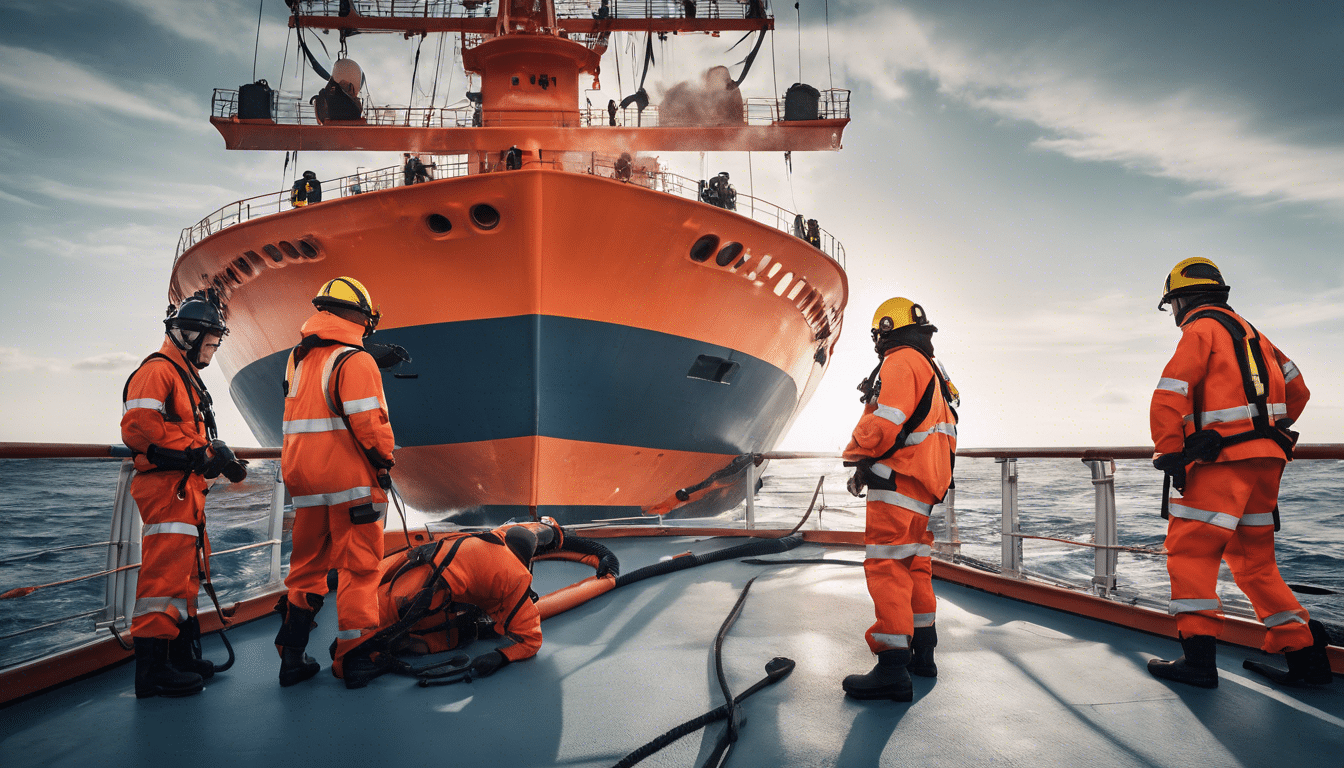In today’s fast-paced maritime industry, obtaining the necessary certifications is crucial for professionals seeking to advance their careers. With the rise of digital education, online maritime certifications have become increasingly popular, providing flexibility and accessibility for individuals looking to enhance their skills and qualifications. This article serves as a comprehensive guide to navigating online maritime certifications, ensuring that you make informed decisions about your professional development in this vital sector.
Learn More About Our Courses Here!
Key Takeaways
- Maritime certifications are essential for compliance and career advancement in maritime fields.
- Choosing the right online course requires understanding your specific needs and career goals.
- The process of obtaining certification online involves a series of steps, including selecting a course and completing assessments.
- Ongoing education and training are important for maintaining and renewing your maritime certifications.
- Staying informed about industry changes can help you keep your certifications current and relevant.
Understanding Maritime Certifications: An Overview
In today’s maritime industry, having the right certifications is crucial for both safety and compliance, whether you’re entering the workforce or advancing your career. This article serves as a comprehensive guide to navigating online maritime certifications, detailing their importance, types, and the processes involved in obtaining them. From basic safety training to specialized certifications such as the Standards of Training, Certification and Watchkeeping (STCW), we will explore how these credentials not only enhance your professional profile but also align with global maritime regulations. As the maritime sector continues to evolve with technological advancements, enrolling in online certification programs has become a flexible and efficient way to gain essential knowledge and skills, ensuring you stay competitive in this dynamic field. Whether you are a seasoned mariner or a newcomer eager to embark on a maritime career, understanding maritime certifications can set you on the right course toward achieving your professional goals.
Choosing the Right Online Course for Your Needs
Choosing the right online course can significantly influence your career trajectory, especially in specialized fields like maritime certifications. With the increasing demand for professionals in the maritime industry, it’s essential to identify a course that not only fits your schedule but also meets industry standards. A Guide to Navigating Online Maritime Certifications offers practical tips for evaluating various programs. Start by researching accredited institutions that offer courses in maritime safety, navigation, or marine engineering. Look for reviews and testimonials from former students to gauge course quality and efficacy. Additionally, consider the flexibility of the program; many online courses allow for self-paced learning, accommodating busy professionals. Lastly, verify if the certification is recognized by relevant maritime authorities, which is crucial for boosting your employability. By following these steps, you can confidently select an online course that aligns with your career goals in the maritime sector.
Learn More About Our Courses Here!
Steps to Obtain Your Certification Online
If you’re looking to enhance your maritime career, understanding how to obtain your certification online can be a crucial step. A Guide to Navigating Online Maritime Certifications will help you streamline the process. Start by researching accredited maritime training programs that offer online courses tailored to your specific needs, such as STCW certification or Coast Guard licenses. Next, ensure that the institution is recognized by relevant authorities to guarantee your certification holds value in the industry. After selecting a program, register for the courses and carefully follow any prerequisites or resources laid out by the instructors. Engage actively in the coursework, participate in virtual discussions, and utilize forums or groups for additional support. Finally, sit for the required exams and obtain your certification, opening doors to new job opportunities and advancement within the maritime field. With this guide, navigating the world of online maritime certifications becomes an achievable goal.
Maintaining and Renewing Your Maritime Certification
Maintaining and renewing your maritime certification is crucial for professionals in the maritime industry, as it ensures compliance with regulations and enhances career prospects. In this age of technology, many mariners are turning to online platforms for their certification needs. A Guide to Navigating Online Maritime Certifications can help you understand the various options available, from completing mandatory safety courses to obtaining specialized endorsements. These online resources not only offer flexibility in learning, allowing you to study at your own pace, but also often feature interactive materials that enhance understanding and retention. When renewing your certification, it’s essential to stay updated with the latest standards and industry changes, which can be easily accessed through reputable online maritime training programs. By embracing digital solutions, you can streamline the certification process and ensure that you meet all necessary requirements efficiently.
À Propos de Nous
Virtual Maritime Academy is a leading provider of online maritime education and training, offering a wide range of courses designed to meet the needs of the global maritime industry. With a commitment to quality and innovation, Virtual Maritime Academy is dedicated to preparing seafarers and maritime professionals for success in their careers. Now a DNV Certified Maritime Training Provider, the academy upholds the highest standards of excellence in training and education.




















